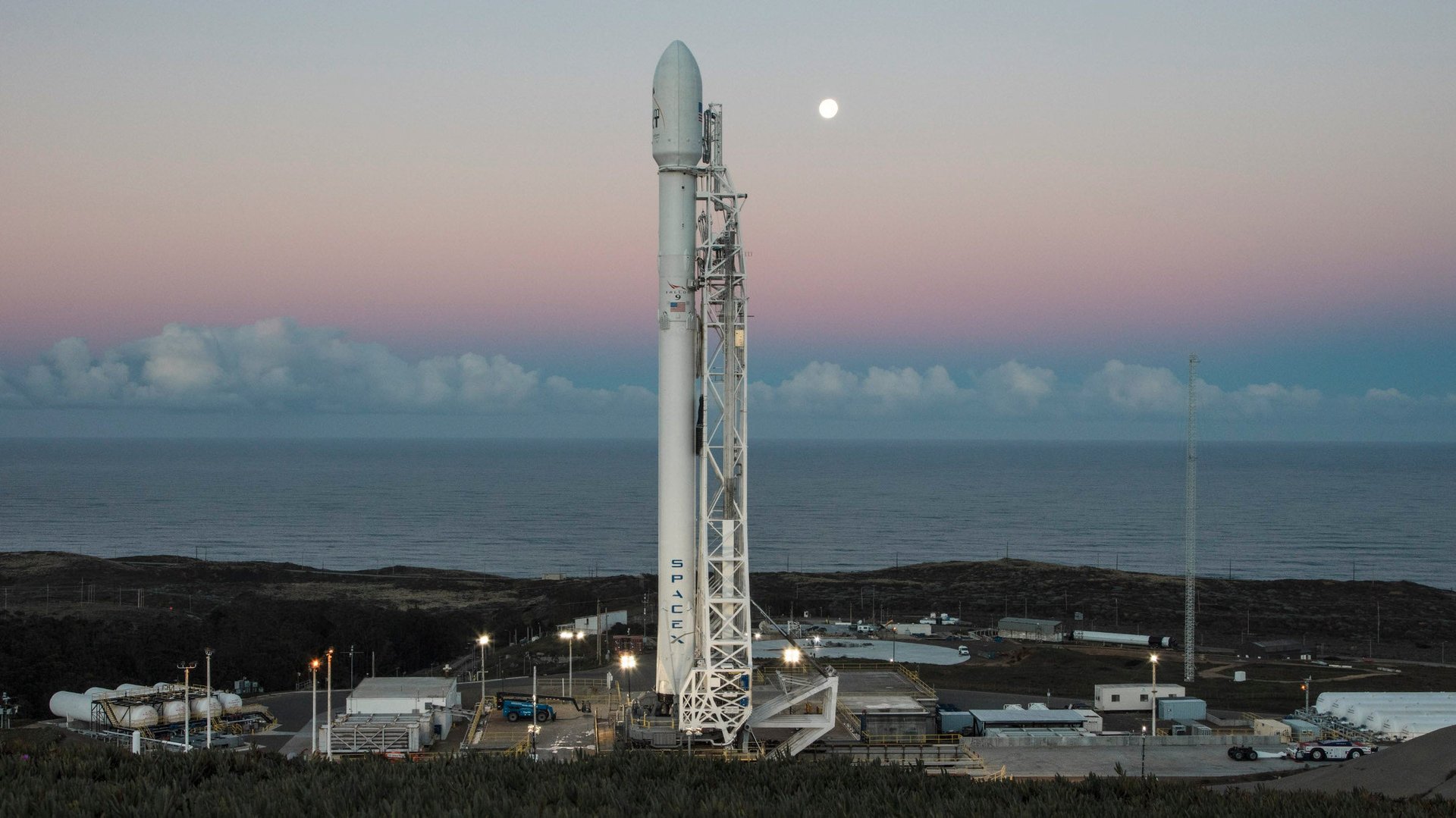SPAC investors can learn from Iridium’s 30-year overnight success
More than a decade before today’s surge of space SPACs, one satellite company proved that a merger with a blank check company can indeed succeed.


More than a decade before today’s surge of space SPACs, one satellite company proved that a merger with a blank check company can indeed succeed.
That firm is Iridium, the satellite telecom valued at more than $5 billion. In 2020, its revenue grew to a record $583 million, and the company announced its first stock buyback plan. It’s been a lot of work to get there—and the circumstances might provide a word of warning to investors in today’s blank-check space acquisitions.
Iridium emerged from its turn-of-the-century bankruptcy as a private company, after the tech bubble popped and investors soured on satellite businesses. In early 2008, CEO Matt Desch knew the company needed between $1 billion and $2 billion of new capital to replace its satellite constellation, a project it would complete in 2019.
At the time, US capital markets were riding high, and a new round of SPACs had appeared following the initially successful acquisition of Jamba Juice by a blank-check firm in 2006.
One of those new SPACs was sponsored by Greenhill & Co., the boutique investment bank. Scott Bok, now Greenhill’s chairman and CEO, then served as the CEO of the blank-check company. Bank of America had pitched Greenhill’s executives on operating the buyout shell, arguing that their work advising on mergers and acquisitions made them a good fit for sponsoring one themselves.
SPAC-ing in a financial crisis
The timing, however, could have been better. Bok’s SPAC closed its fundraising just a month before Bear Stearns’ collapse signaled the coming of the global financial crisis. Desch, meanwhile, was listening to offers from multiple blank-check companies, and picked a date to choose one of them. The day in question turned out to be when Lehman Brothers went under—and the markets crashed in earnest.
“I picked a bad day to down-select,” Desch jokes now, recalling investors telling him, essentially, “No offense, I like your business, but I can buy a bank for nothing, why would I buy a satellite company that still needs to spend $3 billion before it becomes cashflow positive?”
In the end, Iridium decided to go public with Greenhill’s SPAC.
“It was a little bit different from some of the more aggressive SPACs being done today,” Bok says—and not only because today’s blank-check companies can see their prices rise 50% or more above the pro forma $10 share price when they announce their acquisition targets. (Back in 2008, if a SPAC’s price increased to $10.10, “you thought you did good,” Bok says.)
Iridium, he notes, “had real cash flow, it had real revenue, it was an operating business. Where it was somewhat like the more speculative ones today was that it did have a huge need for capital and some degree of technological risk to put a new fleet of satellites in the sky.”
Indeed, some space businesses going public today have yet to even bring their products to the market.
The lessons of Iridium and speculative SPACs
Iridium earned $260 million in 2007, before going public the next year with a valuation of $591 million. Virgin Galactic’s recent SPAC merger relied, like other contemporary blank-check acquisitions, on projections of future revenue. It went public in 2019 with a valuation of $1.5 billion, against forecast 2020 revenue of $31 million. Its actual revenue in 2020: $238,000.
“By the time we went public, we had robust financing,” Desch says. “The risk that we had ahead of us, which frankly a lot of people said was a lot of risk, pales in comparison to the risk some of these current SPACs have.”
Armed with capital from the public markets and financing from France’s export-import bank, Iridium went about the business of developing, building, and launching its next-generation spacecraft, 66 of which today provide telecom services to customers as diverse as the US military, cruise ships, and, through hosted payloads, airlines.
It was not all roses along the way; Iridium’s NASDAQ shares generally traded below $10 for the next seven years. But in 2017 it became clear that Iridium would complete its new constellation on the back of SpaceX’s reusable rockets. As space-based businesses of all kinds became more palatable investors, the stock surged toward its present price of roughly $40 a share.
“We’re a 30-year overnight success story,” Desch says pointedly, a reference to the origins of Iridium as a Motorola project in the early 1990s. Much has changed in space technology and the capital markets since then, but space SPACs may still take longer to pay off than many investors envision.
“Everything that we as investors believed about Iridium at the time turned out to be true,” Greenhill’s Bok says. “The thing we may have underestimated was that it took quite a while for the market to really buy into that. I suspect a lot of the more speculative SPACs being done may well suffer the same process.”
A version of this story originally appeared in Quartz’s Space Business newsletter.
This story has been corrected; the original version misreported the export-import lender that helped finance Iridium’s satellites, it was France’s COFACE.